Family

Abigail: Bible
Abigail, the intelligent and beautiful wife of the wealthy but boorish Nabal, intervenes to prevent David from committing a bloodbath and eventually becomes one of David’s wives (1 Samuel 25). She prophesies that David will establish a dynasty, but neither she nor her son play a role in future struggles over rule or succession.
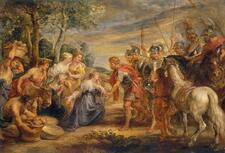
Abigail: Midrash and Aggadah
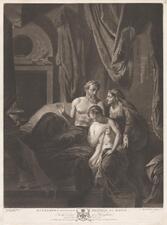
Abishag: Midrash and Aggadah
Abishag’s story in the Bible shows her strength and independence, as she insists David marry her and rebukes his answer when he refuses. Some midrashim use her story to show David’s tenacity in his old age, but Abishag is not explicitly interpreted as wicked or deceitful.
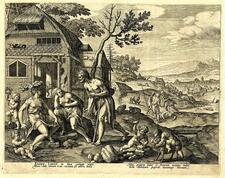
Adah 1: Midrash and Aggadah
Adah was one of Lamech’s wives whose legacy was observable not only in her own children but also in her influence on her fellow Israelites.
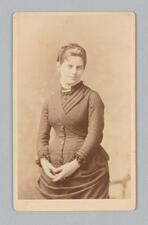
Helen Goldmark Adler
Helen Goldmark Adler is remembered for her philanthropic achievements and her marriage to Felix Adler, philosopher and founder of the Ethical Culture Movement. In turn-of-the-century New York, Adler penned articles, established a free kindergarten for children with working-class parents, and founded an organization focused on the science of child-rearing.
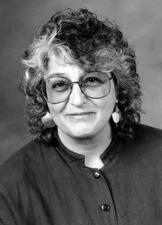
Rachel Adler
Rachel Adler is unquestionably among the leading constructive Jewish theologians, translators, and liturgists of the modern era. One of the first theologians and ethicists to integrate feminist perspectives and concerns into the interpretation of Jewish texts and the renewal of Jewish law and ethics, Adler is the award-winning author of Engendering Judaism.

Akiva, Rabbi
Rabbi Akiva was an important interpreter and teacher of Jewish laws of the Tannaitic period (ca. first-third century C.E.). He was particularly groundbreaking in his teachings regarding women’s standing and sexual and marital relations, recognizing women as deserving of human dignity.
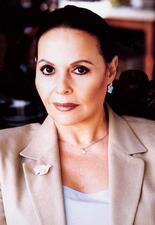
Gila Almagor
Israeli writer, actress, and filmmaker Gila Almagor’s acclaimed 1988 autobiographical film Summer of Aviya and its sequel Under the Domin Tree bought attention to post-Holocaust trauma and depression, which were often scorned by Israeli society. Almagor is also a founder of the Israeli Union of Performing Artists, the Tel Aviv International Film Festival, and the Gila Almagor Wishes Foundation.
Naomi Amir
Naomi Kassan Amir was a pioneer in pediatric neurology, bringing her training from the United States to what was a brand-new field in Israel. Known for her holistic approach, Amir saw children not just in terms of their disabilities but in the context of their family and their community.
Argentina: Philanthropic Organizations
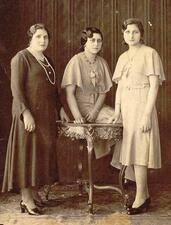
Argentina: Sephardic Women
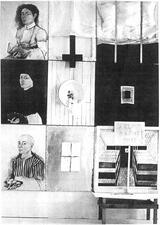
"Second Generation" Women Artists in Israel
Israeli women artists, second generation descendants of Holocaust survivors, have expressed in their art the grim atmosphere of absence, emptiness, and loss they absorbed. Their individual responses to the Holocaust differ in intensity and power.
Artists: Contemporary Anglo
In Britain, both feminism and feminist art took considerably longer to emerge and make their mark than in the United States, but when they did, many Jewish women artists created profound artistic work. British Jewish women artists generally hold both Jewishness and gender as central to their artistic output. Their art reveals the diverse ways in which women perceive their Jewishness in contemporary Britain.
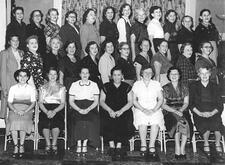
Assimilation in the United States: Twentieth Century
Jewish women assimilating into a changing American society across the twentieth century navigated often conflicting gender roles. As they strove to achieve upward social mobility, they adapted Jewish assumptions of what women, especially married women, should do to accommodate American norms for middle class women. Their collective accomplishments registered in political activism, organizational creativity, strong support for feminism, religious innovation, and educational achievement in the face of antisemitism, stereotypes, and denigration.

Helène Aylon
Helene Aylon was an American, New York-based, multimedia visual artist who began by creating process art in the 1970s, focused on anti-nuclear and eco-activist art by the 1980s, and subsequently devoted more than 35 years to the multi-partite installation The G-d Project. This last body of work’s often direct or indirect textuality resonates from and responds to Judaism’s traditionally male-dominated textuality as part of a larger commentary on women in Judaism.
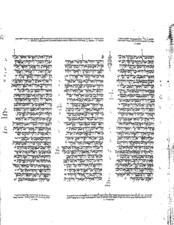
Ba'alei Ha-Nefesh
Ba’alei Ha-Nefesh is a halakhic work written by Rabbi Abraham ben David (Rabad) of Posquieres, a Provençal rabbi, in 1180. It focuses on the laws of behavior during niddah (menstruation), and lays out Rabad’s theology of self-control, sexuality, and the role of Jewish women.
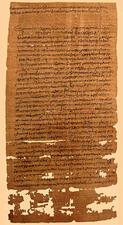
Babatha
Babatha, daughter of Shim’on, a Jewish landowner who lived in Roman Arabia, owned a document archive found in a cave in the Judaean desert. Babatha’s archive is an extremely important resource for many issues, especially on the question of Jewish women’s legal position in Greco-Roman Palestine during the second century CE.
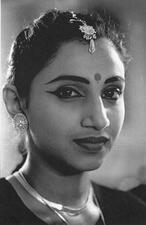
Baghdadi Jewish Women in India
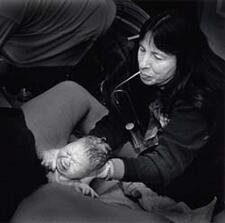
Alice Bailes
Baraita de-Niddah
A rabbinic text about the ritual laws relating to menstruation, Baraita de-Niddah has a mysterious origin and an unknown impact on the interpretation of Jewish law about menstruation.

Miriam Baratz
Miriam Baratz was a founding member of Deganyah Aleph, the first socialist Zionist farming commune in pre-state Israel. She advocated for communal childcare and education, and for a cooperative and egalitarian economic structure. The gender paradigm she helped establish at Deganyah set a precedent of egalitarianism for the entire kibbutz movement.

Lena Barber
Hannah Barnett-Trager
Hannah Barnett-Trager’s involvement in the literary world began when she helped found and then worked as a librarian at the Jewish Free Reading Room in London. She published her first article in 1919 and went on to write books for both children and adults. Trager’s writing discussed Jewish culture and politics, often drawing from her own experiences.
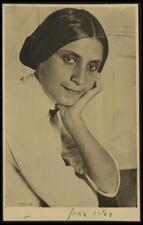
Devorah Baron
Devorah Baron is one of the few Hebrew women prose writers in the first half of the twentieth century to gain critical acclaim in her lifetime. She wrote primarily about Jewish women’s lives, focusing on the challenges women faced in a society that did not value them equally. Her work was in dialogue with European writers, including Chekhov and Flaubert, and with Hebrew modernist writer S. Y. Agnon.
Sadi Muriel Baron
A pioneering neurologist and psychiatrist, Sadi Muriel Baron managed to interweave teaching, working with poor urban families, and running a successful private practice. Baron was also the mother of Dr. Renée Richards, who became one of the most famous American transgender personalities after her transition in 1976.


